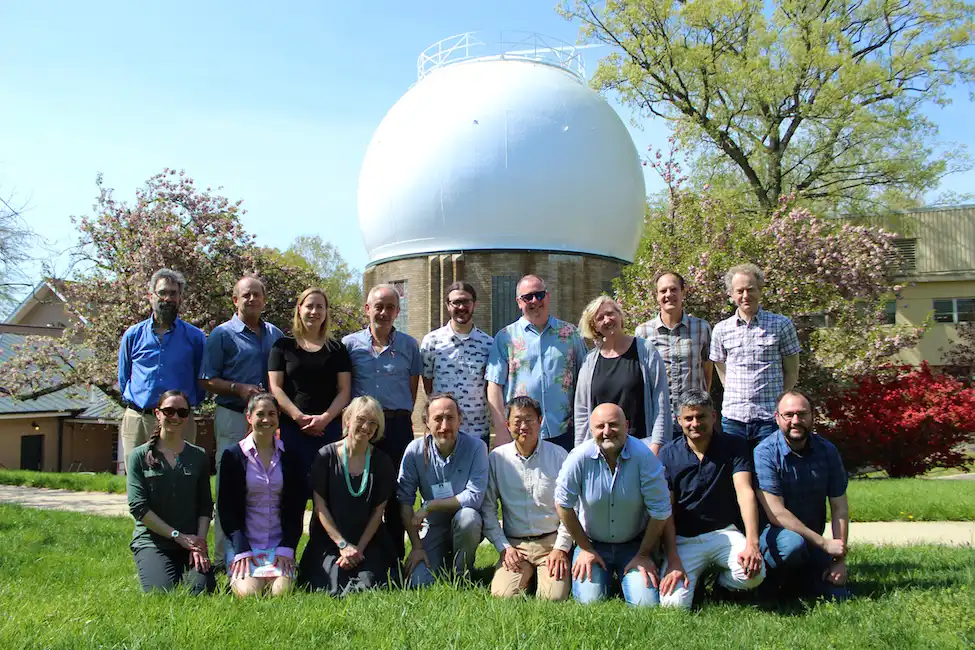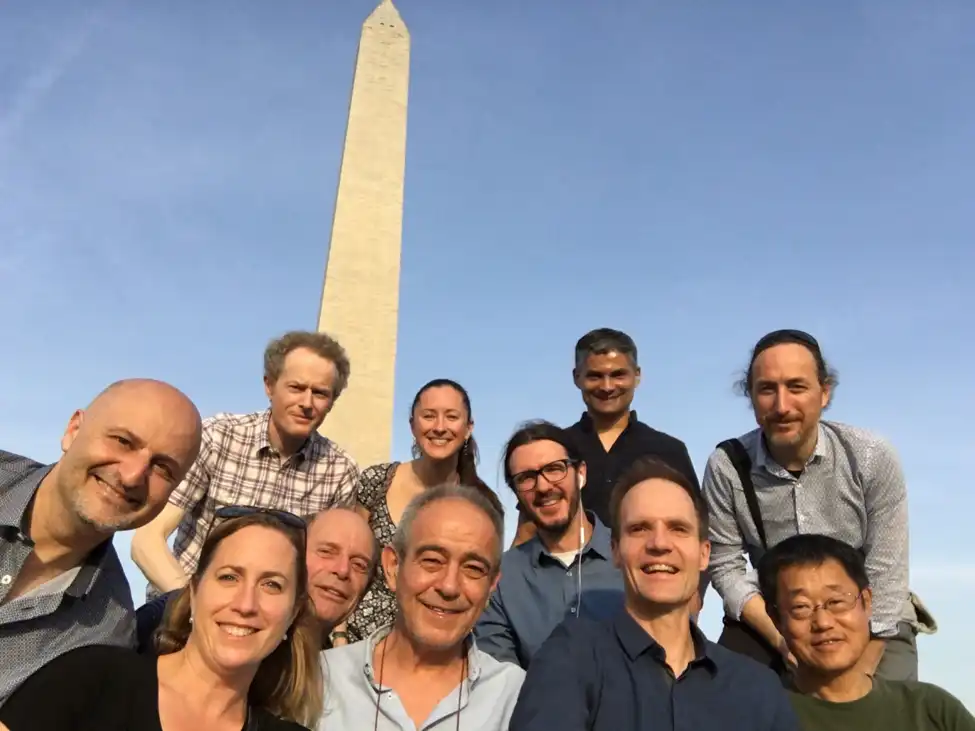Volcanoes are more than just fiery spectacles—they play an essential role in regulating the Earth’s carbon cycle and climate. While we often think of volcanic eruptions as dramatic events that disrupt local environments, they are also a crucial part of the planet’s natural system for controlling carbon levels. These mighty forces of nature act as carbon release valves, helping to regulate the carbon stored deep within the Earth’s interior and influencing global temperatures over long periods of time. In this post, we’ll explore how volcanoes contribute to Earth’s carbon balance, their impact on climate, and their critical role in stabilizing our planet’s atmosphere.
The Role of Volcanoes in the Carbon Cycle
The Earth’s carbon cycle is a complex system involving the movement of carbon between the atmosphere, oceans, land, and the Earth’s interior. Carbon is naturally stored deep within the Earth’s mantle, and through the process of volcanic outgassing, volcanoes release carbon dioxide (CO2) into the atmosphere. This release is part of the deep carbon cycle, which operates over millions of years to maintain a balance between carbon stored in the Earth’s interior and the carbon in the atmosphere.
When tectonic plates collide and subduct beneath one another, carbon-rich materials are transported deep into the mantle. There, they can be stored for long periods, sometimes for millions of years. When the Earth’s tectonic plates shift, volcanic eruptions bring some of that carbon back to the surface in the form of CO2, where it is released into the atmosphere.
Why Volcanoes Are Essential for Climate Regulation
Volcanoes play a critical role in regulating Earth’s climate by influencing the levels of CO2 in the atmosphere. Carbon dioxide is a greenhouse gas, meaning it traps heat in the Earth’s atmosphere and contributes to the planet’s overall temperature. Volcanic eruptions release CO2, which can temporarily raise atmospheric carbon levels. However, this process is part of a long-term balance. Over millions of years, the release of carbon through volcanic eruptions has helped regulate Earth’s temperature and climate stability.
While individual eruptions may cause short-term warming, they can also have cooling effects. Large eruptions can release particulate matter such as ash and sulfur dioxide, which can reflect sunlight and cool the planet for a period. These cooling effects are often temporary, lasting from months to a few years, but they demonstrate how volcanoes are a part of the Earth’s natural climate regulation system.
The Impact of Volcanic Activity on Atmospheric CO2
Volcanic activity has long been a primary mechanism for transferring carbon from the Earth’s interior to the atmosphere. Over geological timescales, the Earth’s volcanic activity contributes to a steady release of carbon dioxide. While volcanic eruptions may seem sporadic, the cumulative effect of volcanic activity over millions of years has had a significant impact on atmospheric CO2 levels.
Interestingly, the total amount of CO2 released by volcanic eruptions is relatively small when compared to human-caused emissions from burning fossil fuels. However, the long-term, cyclical nature of volcanic carbon release plays a stabilizing role in the carbon cycle. Without volcanic eruptions, the Earth would have a much harder time maintaining the balance of carbon needed for a stable climate.
Volcanoes and the Earth’s Natural Thermostat
Volcanoes serve as a type of natural thermostat for Earth’s climate. When carbon dioxide is released into the atmosphere by volcanic eruptions, it can contribute to the greenhouse effect, warming the planet. However, this is a slow process, and over time, the Earth’s natural systems, including the deep carbon cycle, help regulate the release of carbon, ensuring that global temperatures don’t rise too quickly.
The balance between carbon storage in the Earth’s interior and the carbon released by volcanoes has helped maintain relatively stable temperatures for most of Earth’s history. Large volcanic events can cause temporary fluctuations in the climate, but over long periods, the natural cycle ensures that Earth remains habitable.
Volcanoes and Human Influence on the Carbon Cycle
While volcanic activity is a natural process that has been occurring for millions of years, human activities are now dramatically altering the carbon cycle. The burning of fossil fuels, deforestation, and industrial activities have caused a sharp increase in atmospheric CO2, overwhelming the Earth’s natural systems, including volcanic outgassing.
In recent decades, the increase in atmospheric carbon due to human activity has led to rising global temperatures and climate change. While volcanoes continue to release carbon, the amount of CO2 released by human activities far exceeds what is emitted by volcanic eruptions. Understanding the role of volcanoes in the carbon cycle is essential for recognizing the natural processes that contribute to climate regulation and the impact of human-caused emissions.
How Scientists Study Volcanoes and Carbon Emissions
Scientists study volcanic emissions to understand how much carbon dioxide is being released into the atmosphere and how it affects global carbon levels. Researchers use various methods to measure volcanic gases, including direct sampling during eruptions, satellite imaging, and analysis of volcanic rock samples. By studying volcanic activity and its impact on atmospheric CO2, scientists can better understand the long-term effects of volcanic outgassing on Earth’s climate.
In addition to monitoring current volcanic emissions, scientists also examine historical volcanic data to learn about past climate changes. By studying past eruptions and the release of carbon, scientists can gain insights into how volcanic activity has influenced global temperatures and climate stability over geological timescales.
Conclusion: Volcanoes: Nature’s Carbon Release Valves
Volcanoes are a critical component of the Earth’s natural carbon cycle, acting as nature’s carbon release valves. By releasing carbon dioxide from the Earth’s interior, volcanoes help regulate atmospheric CO2 levels and influence Earth’s climate. While individual eruptions may have short-term effects on global temperatures, the long-term impact of volcanic activity has been essential for maintaining a stable climate. Understanding how volcanoes function within the carbon cycle can help us better appreciate their role in shaping Earth’s climate and why they remain vital to the stability of our planet.




